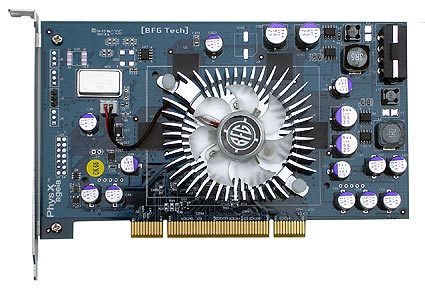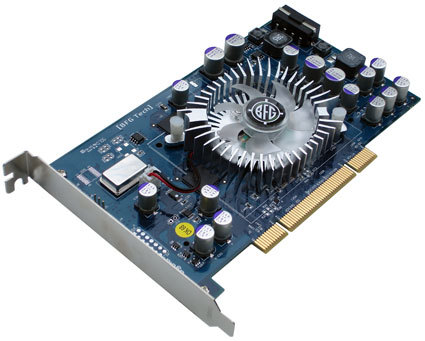Is Ageia's PhysX Failing?
Conclusion
We are glad that Ageia has taken steps to bring even more realism into the games we play, but with results like these it is still difficult to determine what the PPU is doing. On the one hand, we can see that the cloth simulation is something that needs hardware acceleration. Of course it would make sense to offload this from the CPU to a PPU or graphics card calculating effects physics.
We are uneasy about what we saw in Cell Factor release 36, because we are at the mercy of the developer and Ageia to see how the PPU is operating and processing information. We were told that both the cloth and fluid calculations were added to this release, but we did not see fluids in the software tests without the PPU. What is disturbing is that we cannot determine whether the calculations are intensive enough to cripple the system, or if it was just written to force people to only use the hardware. Unfortunately, decompiling and pulling apart the code line by line to see what Cell Factor really does is not an easy thing to do.
This is the second article looking at Ageia's PhysX processor and the future for Ageia is not easy to predict. Currently it is an evangelist striving for better gameplay and effects physics, but Ageia needs more content utilizing its SDK and hardware for both gameplay and effects physics.
The firm states that it will have lined up an additional 65 game titles by the end of the year. This is a step forward, but we cannot conclude that a PPU is necessary, because multi-core processors could handle gameplay and effects physics in the off cycles while the graphics hardware is not rendering. Even using the specially-designed game demo gives us nothing compelling to recommend purchasing a PhysX based card. We are still excited about what physics will bring to gaming, but we stand only on the doorstep of what could be the next greatest processing development.
Time will tell whether or not Ageia can make it as a PPU provider. ATI and Nvidia are nipping at its heels, and they have fat wallets, strong developer ties, and powerful hardware; it could be only a matter of time until Ageia falls to the wayside. We will keep our eyes and ears on the physics segment, but the future is definitely still unclear. Neither GDC nor E3 brought us titles that utilized massive amounts of physics of the magnitude that Cell Factor was to demonstrate. Perhaps there is a ray of hope for Ageia in the coming months, though.
Join our discussion on this topic
Speak out in the Toms's Hardware reader survey!
Get Tom's Hardware's best news and in-depth reviews, straight to your inbox.


